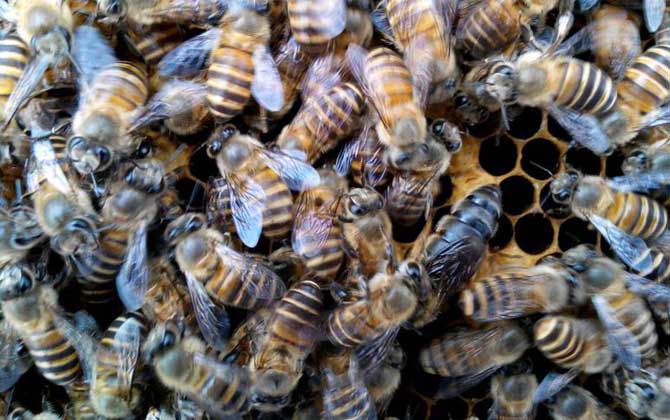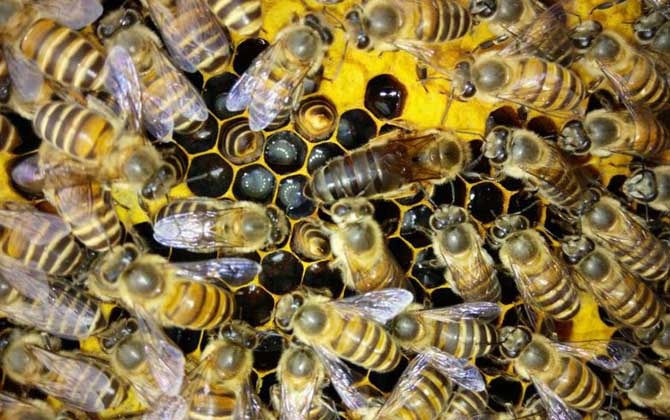Beekeeping: Annual Income Analysis and Key Factors
Introduction to Beekeeping
Beekeeping, the practice of maintaining honeybee colonies to harvest honey and other products, has been part of human civilization for thousands of years. In recent years, there’s been a growing trend of urban professionals returning to rural areas to start beekeeping businesses. Many have achieved significant financial success through this agricultural pursuit. Let’s explore the annual income potential in beekeeping and the factors that influence profitability.

1. Bee Species Selection
Annual income varies significantly based on the bee species cultivated. In China, the primary cultivated species are:
- Chinese Honeybee (Apis cerana):
- Advantages: Produces high-value “earth honey” (traditional honey)
- Disadvantages: Low annual yield (5-15 kg per colony)
- Italian Honeybee (Apis mellifera):
- Advantages: High productivity (up to 100 kg per colony)
- Disadvantages: Lower market price for commercial honey
Key management tip: Many professional beekeepers maintain both species to balance quality and quantity.

2. Climate Impact
Weather patterns critically affect honey production:
- Optimal conditions: 15-25°C with moderate humidity
- Critical challenges:
- Continuous rain during nectar flow periods
- Drought conditions affecting floral resources
- Extreme temperatures impacting bee activity
Climate change consideration: Recent years have seen increased weather unpredictability, making climate adaptation strategies essential for modern beekeepers.

3. Technical Expertise
Beekeeping success heavily depends on technical knowledge:
| Skilled Beekeepers | Novice Beekeepers |
|---|---|
| • Colony strengthening before nectar flows • Proactive pest management • Seasonal swarm control |
• Decreasing colony strength • Higher colony losses • Lower productivity |
Essential skills to master:
- Queen rearing techniques
- Disease identification and treatment
- Honey extraction optimization

4. Market Dynamics
Honey pricing significantly impacts profitability:
- Chinese honey: $15-30/kg (premium niche market)
- Italian honey: $5-10/kg (bulk commercial market)
Marketing challenge example:
A 100-colony Italian bee operation producing 20,000kg annually would lose $20,000 with just $1/kg price decrease.

5. Operation Scale
Optimal scale depends on multiple factors:
- For Chinese bees: Maximum 50 colonies within 5km radius
- For Italian bees: 100-200 colonies with migratory beekeeping
Scale efficiency analysis:
• <100 colonies: Limited economy of scale
• 100-300 colonies: Optimal efficiency
• >300 colonies: Requires professional management team
Additional Income Streams
Modern beekeepers often diversify revenue through:
- Royal jelly production
- Beeswax products
- Pollination services
- Beekeeping tourism
Conclusion
Annual beekeeping income typically ranges from $3,000 to $30,000 depending on these factors. Successful operations combine scientific management, market awareness, and sustainable practices. With proper training and resource management, beekeeping remains a viable and rewarding agricultural enterprise.